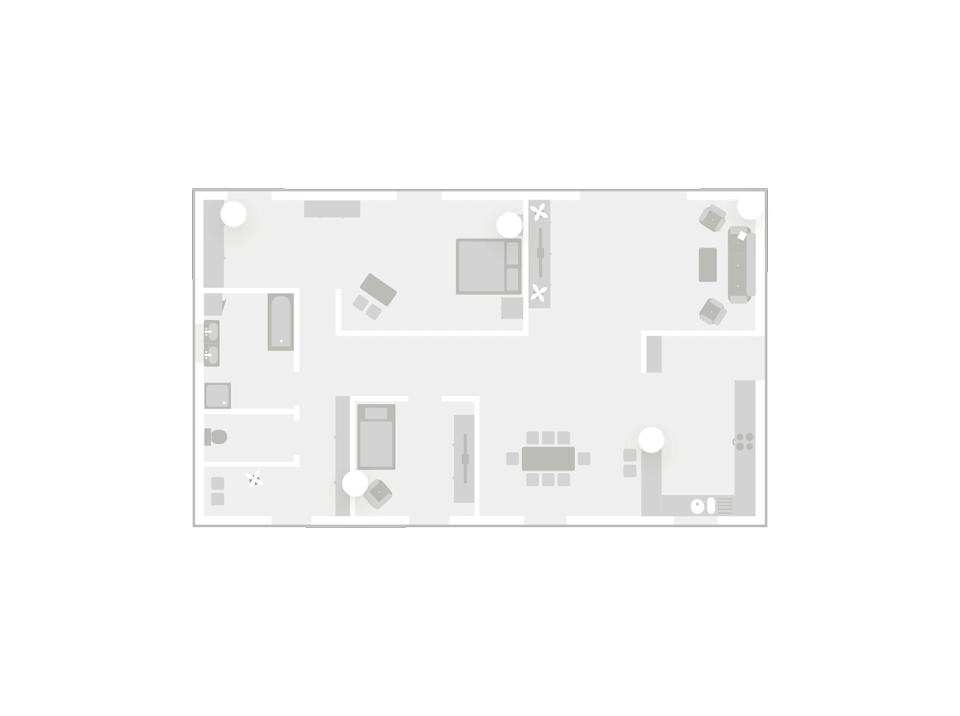
Omid’s Law: A Look At Wireless
Have you ever waved your mobile phone towards a window, or got up and walked towards an open space whilst on the phone in hope for better wireless signal?
I can bet you have…
Have you ever been happily enjoying 3G or 4G one minute, only to become stuck buffering as soon as you fire up a youtube video, for apparently no reason?
I will stick my neck out and say you likely have.
Have you ever had issues pairing and maintaining a Bluetooth connection to a headset or Bluetooth speaker?
Again, most people have.
It is these short, but infuriating moments of negative experiences that overshadow the overall convenience and benefits offered by wireless, whilst compounding the belief that wireless is unreliable.
The truth is, not all ‘wireless’ signals or devices are created equal, and it is certainly not fair to tar every form of wireless with the same brush.
There are lots of different incarnations of wireless, each with their own characteristics, feature sets and purpose. These have all been categorised and regulated to ensure that the domain of wireless communication does not become over congested and grind to a halt.
So rules have been set as to what frequency ranges are available to be communicated on and for how long. This reserves some frequencies for domestic and recreational use, and others for commercial and military uses, to ensure functionality of critical services.
Understanding that, what has changed for us to be able to do so many things without wires all of a sudden?
We have made leaps and bounds of progress in the devices that handle the wireless signals themselves. From faster processors, better compression techniques, power management, antenna design, data handling and interfacing technologies. Essentially all round performance on any device communicating on the wireless network has improved tenfold.
Iteration upon iteration has meant techniques have been developed to ensure there are no ‘blips’ in user experience. The main one I would like to touch upon is what is called a Mesh.
A mesh is essentially a form of Chinese whispers, with devices passing on messages to ensure they reach the end device. The only difference to Chinese whispers is that the original message stays intact.
Meshing with Loxone Air
A mesh is created when your Air devices repeat the signal to the next device, where you have multiple devices on one system, this forms a mesh that increases range to ensure every device can be reached.
In addition, each device acknowledges the receipt of information from any other device. So should a signal not get through, the system can retry sending it instantly.
It is important to note that only permanently powered devices repeat on the signal, devices running on batteries do not for power reasons. So please ensure there is thorough coverage of permanently powered devices throughout a property.
A house full of battery devices will not mesh, and will likely have range issues.


Wire Less With Wireless
It is clear to see the convenience and ease offered by wireless is rapidly entering every facet of our lives. From the wireless fob that can start your car to contactless credit cards, from wireless charging of your mobile phone to an untethered VR experience. Even having HD video streamed from a drone 2km away directly to a VR headset on your head, all this is commonplace without wires.
So what about smart homes then? Certain devices will, of course, need permanent power, which needs to be delivered through cables. However, consider the ease, and accessibility offered by simply adding wireless devices to existing homes.
We know we are actively progressing to a connected future, it is important to accept that we are also moving towards a largely untethered one.
